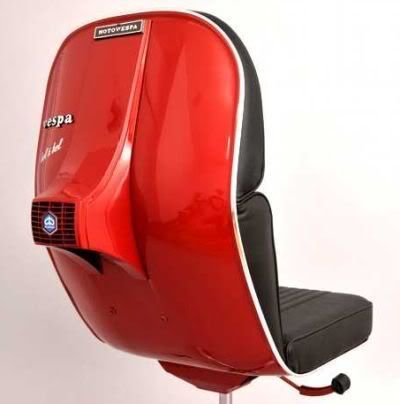Call Center Workers Appreciate Ergonomic Thinking.
Earlier we discussed new thought on ergonomics – namely, how we’ve discovered that movement is essential to proper ergonomics, not proper posture.
Therefore, comfort and long-term protection from injury doesn’t come from knees locked at a ninety-degree angle all the time. Proper ergonomics comes from adjusting one’s chair, stretching extremities, resting one’s eyes from looking at the monitor, or standing every few minutes to avoid being locked in a seated position for hours on end.
One group of office workers is extremely grateful for this new ergonomic thinking – call center workers, who suffer a great deal from the injuries that come with bad ergonomic habits. (read more)




